
03 使用DQL查询数据(一)
04 使用DQL查询数据(二)
DQL 数据查询语言 select
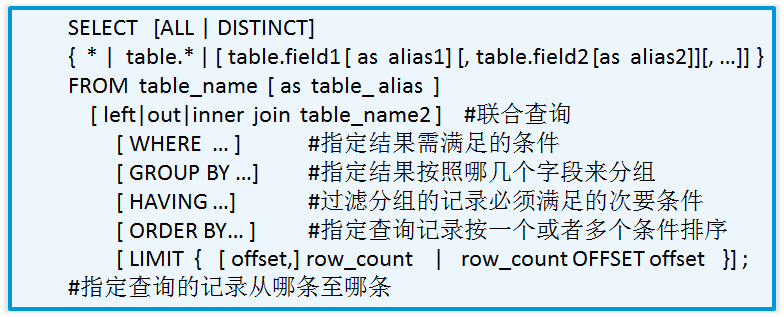

select * 方式效率低
AS 取别名 (给字段取别名,给表取别名,给计算结果取别名)
as取别名时,可省略as
distinct 去重
所有字段一起不重复算一条记录
![]()
![]()
select version(); 查找mysql的版本
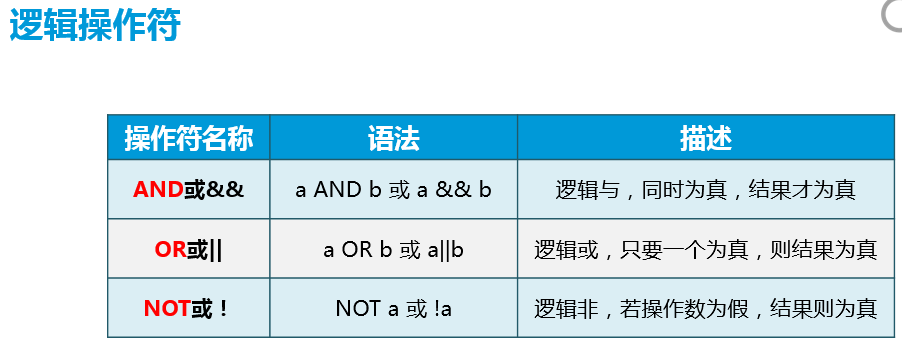
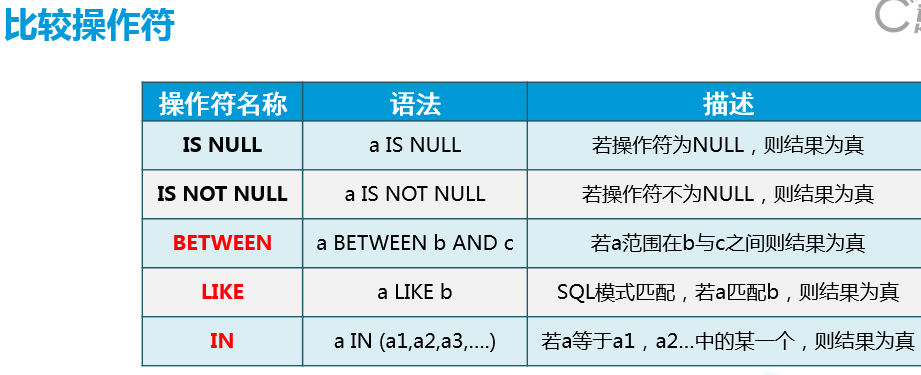
like: %和_的区别

内连接 外连接 自连接

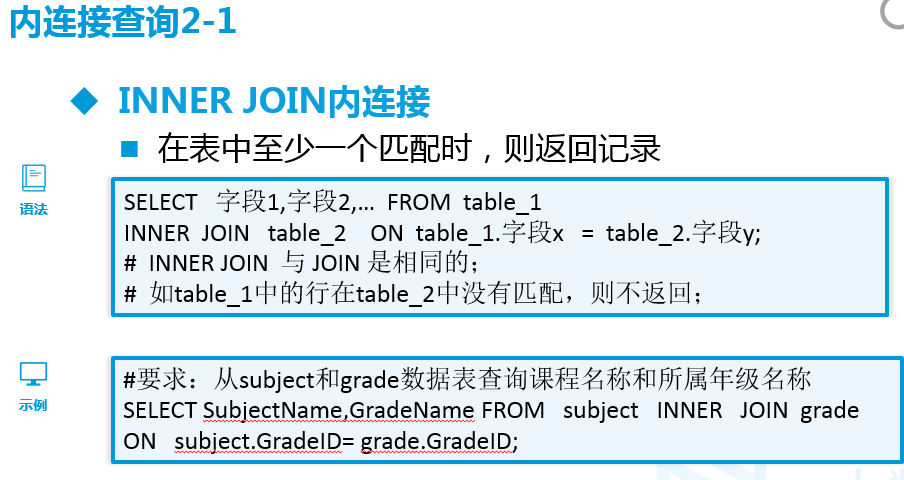


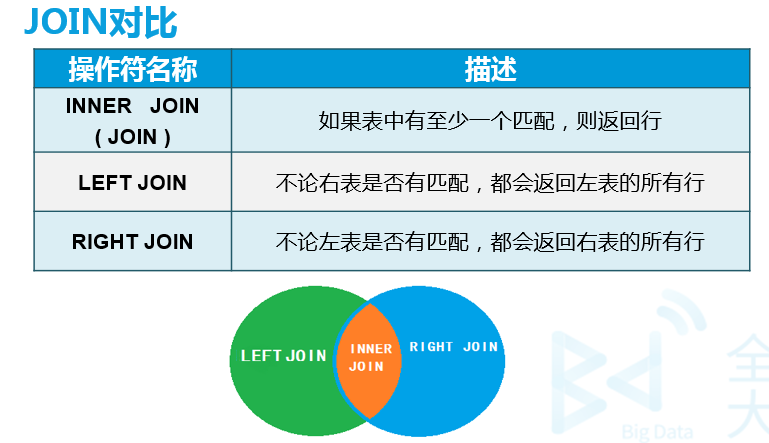

自连接实例:
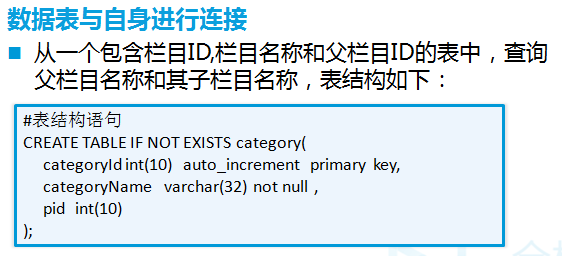

select b.categoryName as "父栏目名称",a.categoryName as "子栏目名称" from category as a INNER JOIN category as b on a.pid = b.categoryId where a.pid is NOT NULL;

order by : 默认asc升序,desc降序排列
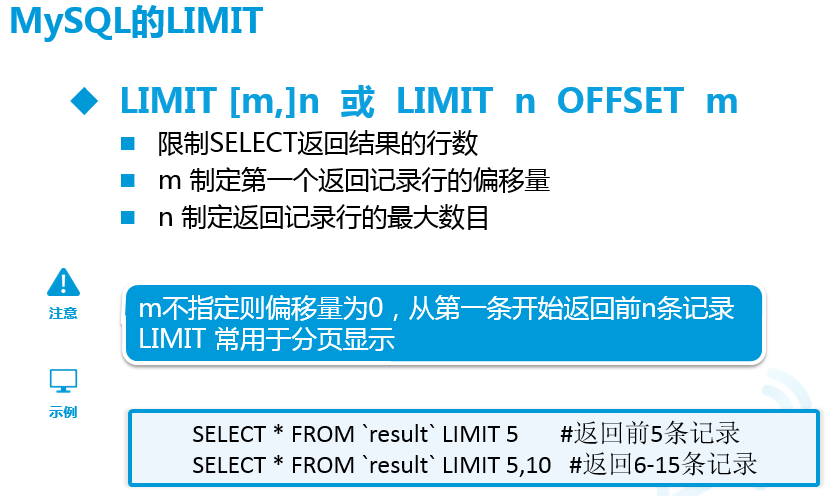

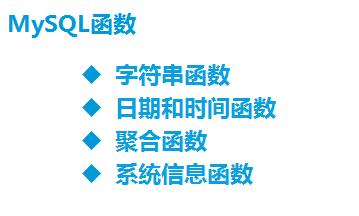

mysql的时间函数:
SELECT DATE_FORMAT(now(),'%Y年%m月%d日 %H时%m分%s秒');
#2019年02月25日 20时02分06秒
SELECT STR_TO_DATE('2019年02月25日 20时02分06秒','%Y年%m月%d日 %H时%m分%s秒');
#2019-02-25 20:00:06
mysql的聚合/统计函数:
count() sum() avg() min() max()
count(StudentName)取StudentName不为null的总数
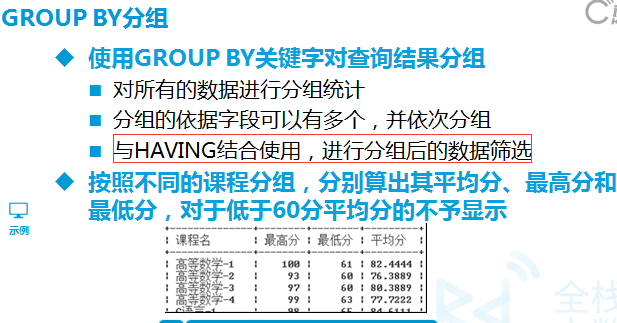
group by分组后,
having 对分组后结果进行二次分组
--查找 平均分在80分以上的学生姓名及平均分 select s.StudentName,avg(StudentResult) from result r inner join Student s on r.StudentNo = s.StudentNo group by r.StudentNo having avg(StudentResult) > 80
null值的比较,和任意值比较都是false
null > 60 flase
null = 60 false
null < 60 false
null is null true
case--when--then -else -end
select StudentNo,StudentName, case when sex=1 then "男" when sex=2 then "女" else "未知" end from student
--多个INNER JOIN 使用 SELECT res.StudentNo,stu.StudentName,sub.subjectName,res.SubjectResult from result res INNER JOIN student stu on stu.StudentNo = res.StudentNo INNER JOIN subject sub on sub.SubjectNo = res.SubjectNo WHERE sub.SubjectName = "java" ORDER BY res.StudentResult desc,res.StudentNo DESC LIMIT 0,5;